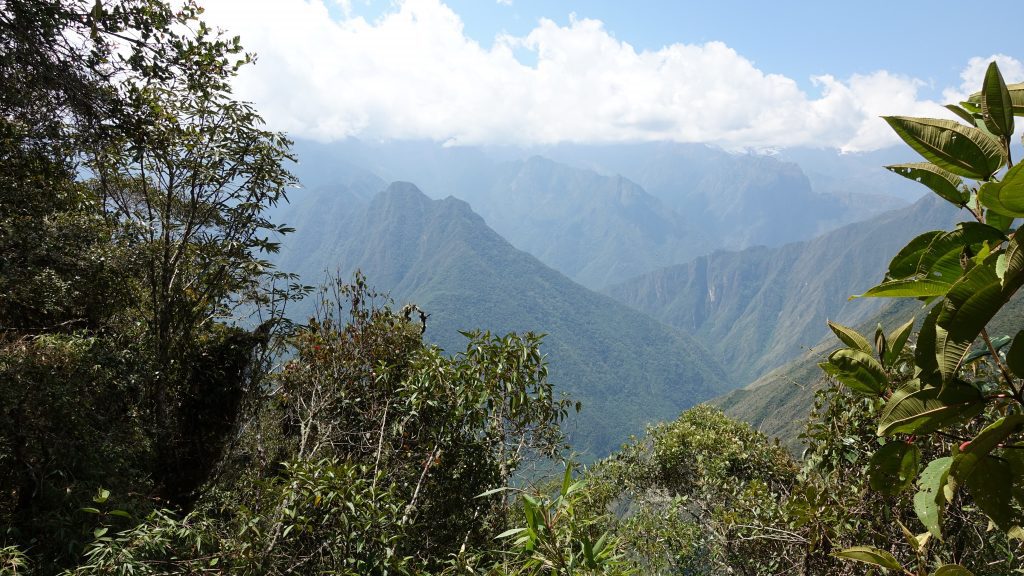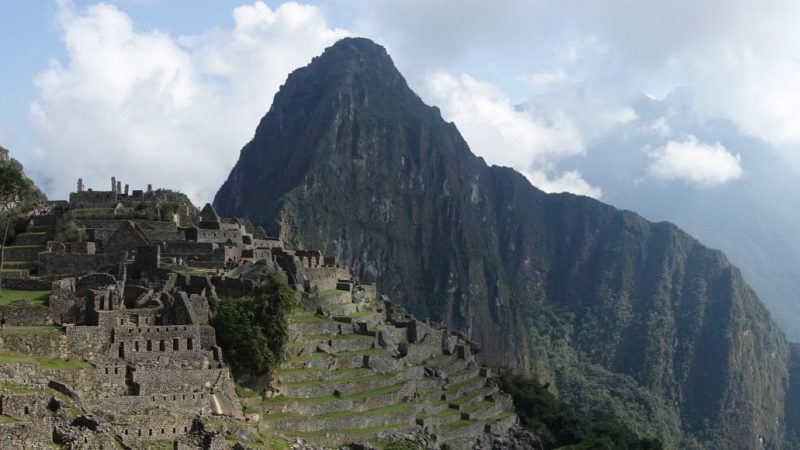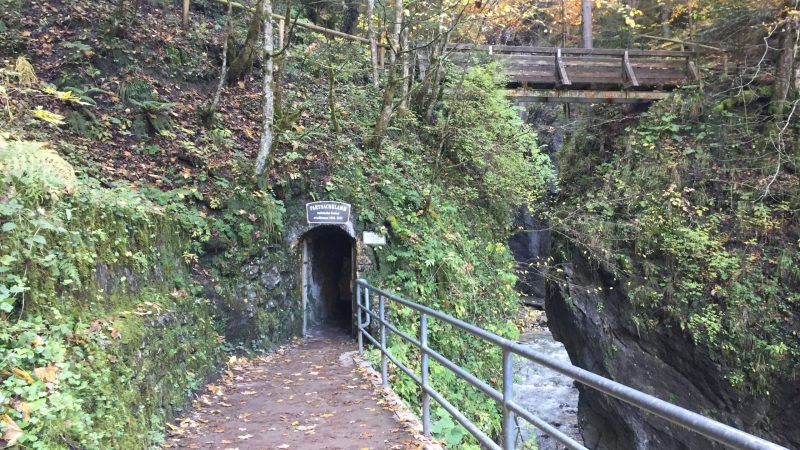Note: If you missed either of the prior posts in this series, you can find them here: Part 1 and Part 2.
Which tour operator should I choose?
Probably the most important point to consider when choosing an Inca Trail tour operator is their reputation. Sadly, some operators are not known for treating their employees, porters in particular, very well. Overloaded packs, improper clothing and footwear, and insufficient food are unfortunately things that are still endured by Inca Trail porters, despite the Peruvian government’s attempt to regulate the industry better. There are plenty of reputable tour operators out there, but it’s important to read multiple reviews, and keep in mind that the cheapest operator is also likely to offer a lower level of quality to you as well as their employees. It’s generally better to spend a few extra dollars to have a safe and comfortable experience, as well as the peace of mind that you are not contributing to the mistreatment of hardworking individuals, most of whom come from nearby indigenous communities.
Now for my personal recommendation: I went with Alpaca Expeditions and was incredibly satisfied with the entire experience. It’s a first-rate operation, providing good quality equipment and service. The food was truly amazing, honestly some of the best meals we had in Peru were eaten on this trek! They even had a portable toilet which they set up for our use during lunch and at overnight campsites – and trust me, compared to the facilities in some of the camp/rest sites, it was a luxury!
We also enjoyed the services of a very knowledgeable, patient and friendly guide, and of course the hardworking chef and porters. Alpaca was founded by a former porter, and they have one of the best reputations for treating their people well. That was evident to us as well; the porters were properly clothed and their spirits were high throughout the trek – a few of them were incredibly funny and engaging people!
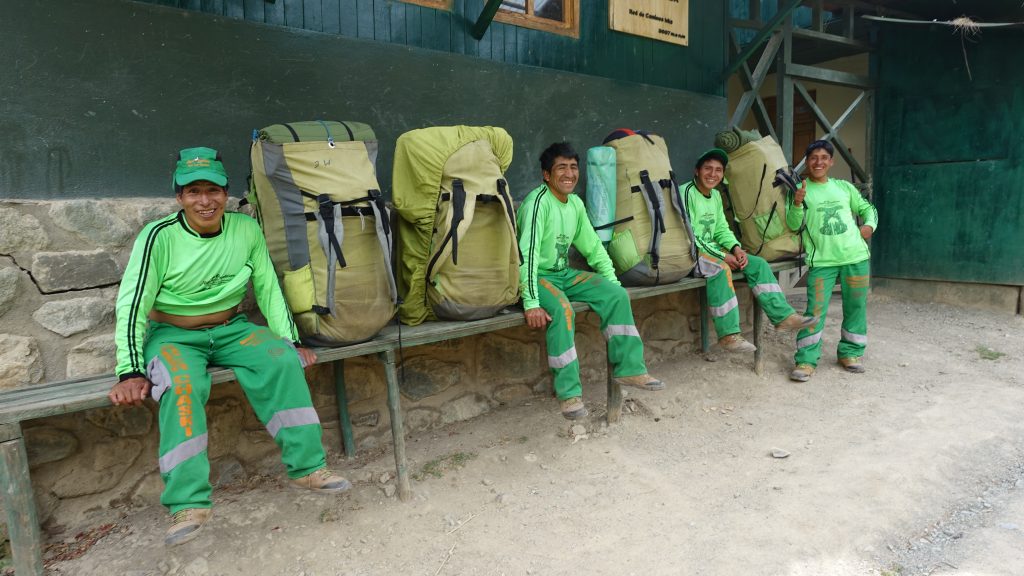
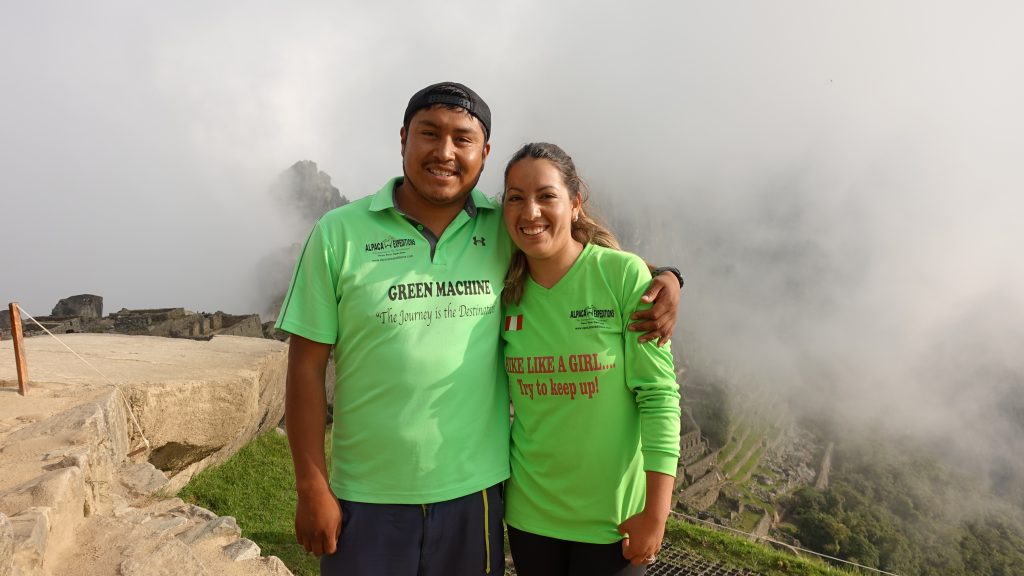
One other really great thing about Alpaca; they have not only employed several female guides, but they also have female porters! They were one of the first companies to do this, and although our porters were all male, our guide’s wife is also a guide who was leading a private group at the same time, so we had the pleasure of getting to know her a bit as well.
What about the environment? Aren’t the Inca Trail and Machu Picchu being “visited to death”?
It’s true that the number of visitors to Machu Picchu, nearly 1.6 million in 2018, is more than ever before, and nearly double the number of just a decade prior. Tourists are hauled up from the nearby town of Aguas Calientes at the rate of thousands per day, and sadly some visitors do not give the site the respect it deserves. Guards are constantly on the lookout for people climbing the stones, stepping into restricted areas to try and get the perfect Instagram photo, and generally disregarding the fragility of the site. As evidenced by the number of whistles and yells I heard during my visit, the guards are kept busy.
There is some good news, however. Authorities enacted new restrictions to limit the impact in 2019, by enforcing timed entry (limiting the number of entrances each hour), setting up one-way circuits to control foot traffic and slightly reducing the permitted daily visitors from 2018. This is a step in the right direction, but surely more will still need to be done to protect the site.
On the other hand, the number of people allowed on the Inca Trail is strictly limited and also very strictly enforced; only 500 people per day, including porters and guides, are allowed to begin the trek, and no one is permitted to do the trek without a guide. The trail is also closed every year for the entire month of February, partly because it’s the least desirable time of year to do the trek (the highest probability of rain), but mainly this is done to allow for maintenance of the trail. Additionally, walking sticks are required to have rubber tips in order to avoid damage to the stones from repeated contact. Tour operators are also held to a very high standard when it comes to waste; they may not leave ANYTHING that isn’t biodegradable behind at the camps or anywhere along the trail, and I have to say the operators take this requirement seriously. Alpaca Expeditions uses lightweight metal plates, silverware and cups during meals, and there’s no disposable plastic anywhere in sight.
So in my personal opinion, if you are going to visit Machu Picchu at all, getting there via the Inca Trail is actually the more responsible way to do so. It avoids the inbound train and uphill bus trip with the resulting CO2 emissions, and if you choose a reputable tour operator you can feel confident that significant efforts are being made to keep the impact to the trail at a minimum.
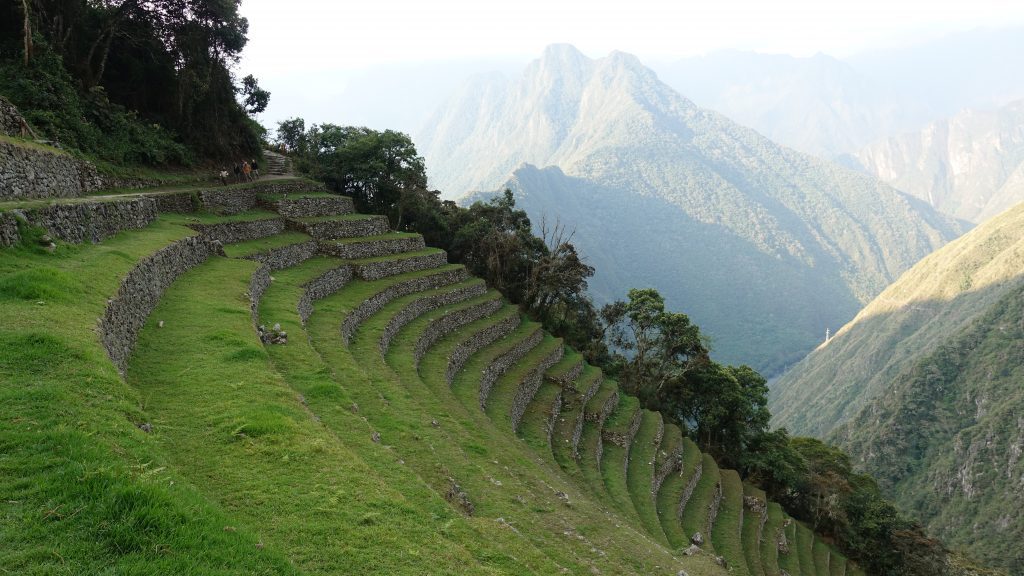
Is there anything else I should know?
Yes. Work has recently begun on a new airport in Chinchero, a traditional village just above the Sacred Valley (and much closer to it than the current airport in Cusco). Having visited the region, including Chinchero itself, I can’t think of a worse place to put it. The flight pattern will take aircraft over the village of Ollantaytambo at low altitude, threatening the incredible archaeological site there with additional pollution, and significantly disturbing the peace of the town and the entire Sacred Valley, not to mention disrupting wildlife and the natural environment, in what is currently a beautiful but quite sparsely populated region.
Protests against the construction continue, and the construction is at a very early stage, such that this could still be stopped. If you feel inclined to do so, you can help by signing this petition (https://www.change.org/p/presidente-de-la-república-del-perú-salvemos-chinchero-patrimonio-cultural-de-la-humanidad) or even donating to the cause.
So, if you decide the trek is something you’d like to do, I hope you’ll find this guide helpful in your planning. And if you have any questions I didn’t address here, just send me a message via my Contact form. I’m always happy to hear from my readers!

